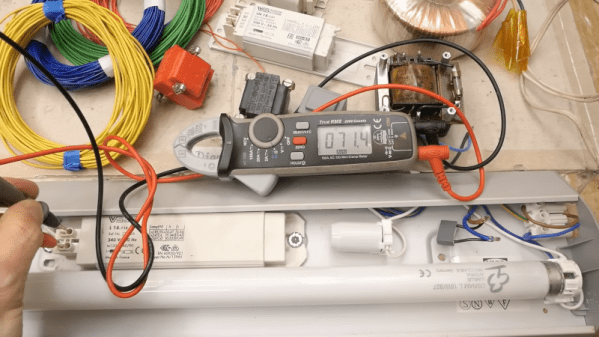What’s the most thrilling part of rocketry? Well, the liftoff, naturally. But what about the sweet anticipation in those tense moments leading up to liftoff? In other words, the countdown. Where did it come from?
Far from being simply a dramatic device, the countdown clock serves a definite purpose — it lets the technicians and the astronauts synchronize their actions during the launch sequence. But where did the countdown — those famed ten seconds of here we go! that seem to mark the point of no return — come from? Doesn’t it all seem a little theatrical for scientists?
It may surprise you to learn that neither technicians nor astronauts conceived of the countdown. In their book, “Lunar Landings and Rocket Fever: Rediscovering Woman in the Moon”, media scholars Tom Gunning and Katharina Loew reveal that a little-known Fritz Lang movie called Woman In the Moon both “predicted the future of rocketry” and “played an effective role in its early development”.














